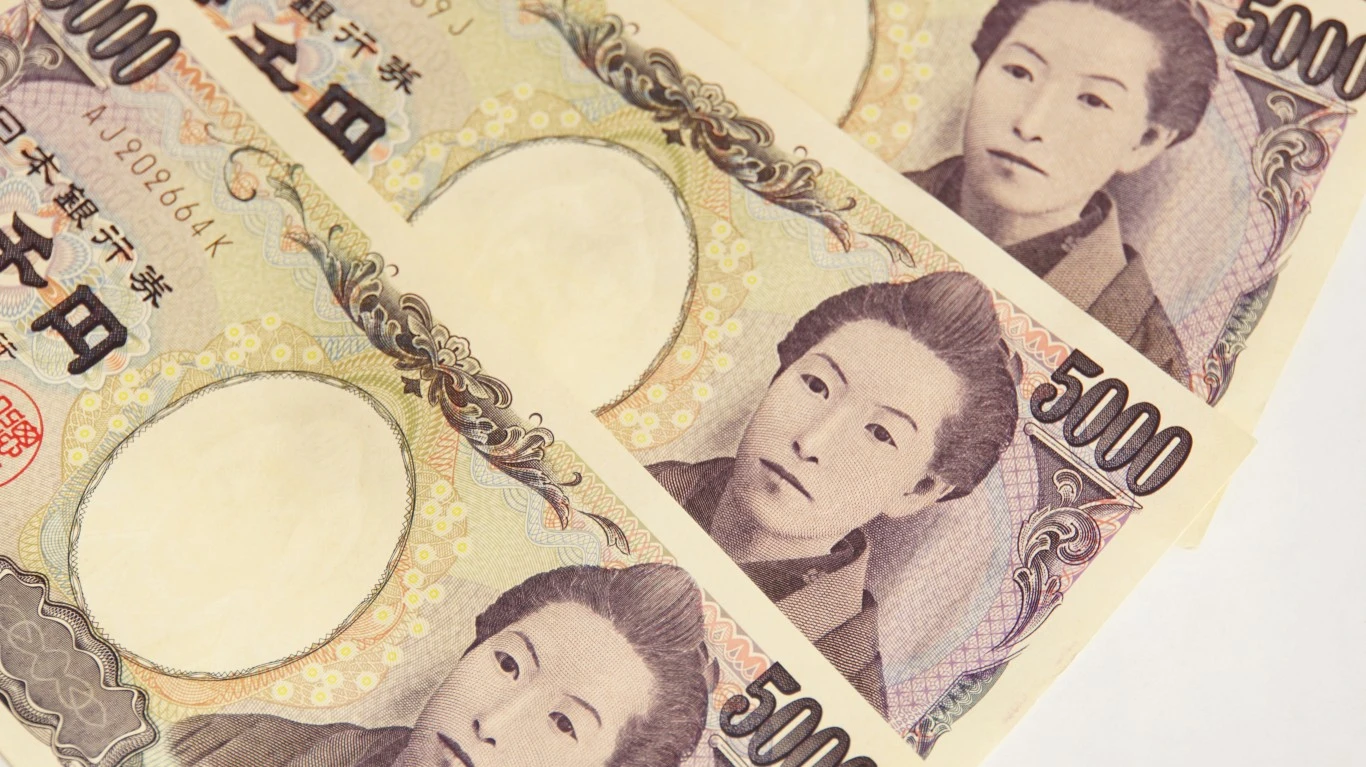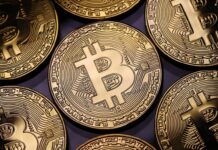
The Bank of Japan intervened in the foreign exchange market in September last year to avert the yen’s downfall. The country further surprised markets with the decision to adjust its yield curve control program in December, widening the yield trading band for 10-year Japanese government bonds.
Following the moves, the BOJ’s unrealized loss on government bond holdings increased roughly ten times compared to the end of September.
BOJ’s Unrealized Loss on Bonds Increased 10x After Intervention
The unrealized loss of Japan’s central bank on government bond holdings rose to approximately 8.8 trillion yen ($68 billion) by the end of December, Governor Haruhiko Kuroda said in a parliamentary session on Friday. The figure is a 10x increase compared to the end of September, when it stood at 874.9 billion yen.
Kuroda added that the market value of the BOJ’s bond holdings was 555.30 trillion yen at the end of December, compared with a book value of 564.10 trillion yen. Since the central bank is likely to hold government bonds until maturity, the unrealized loss does not immediately impact the BOJ.
The steep rise in the BOJ’s unrealized loss on government bonds came after a series of measures by the central bank in late 2022. Following the yen’s record volatility in September last year, Japan’s finance minister hinted at direct market action and intervention. By the end of that month, the country’s policymakers had allegedly intervened twice in the FX market to shore up the national currency.
Furthermore, the country made a surprise decision to adjust its yield curve control program in late December last year, allowing a benchmark interest rate to rise from 0.25% to 0.5%. At the time, the BOJ said the move was intended to “improve market functioning and encourage a smoother formation of the entire yield curve while maintaining accommodative financial conditions.”
BOJ Buys More Bonds to Curb Inflation
After raising its benchmark interest rate to 0.5%, the BOJ also stepped up bond buying to prevent the benchmark yield from rising above the newly set ceiling. In December, the central bank revealed plans to buy around ¥9 trillion in Japanese government bonds per month from January until March 2023, up from the previous target of ¥7.3 trillion a month.
In mid-January, the BOJ claimed it would purchase additional government bonds amid soaring inflation. “The Bank will make nimble responses by conducting additional outright purchases,” the central bank said at the time.
The move came after Japan’s core consumer prices rose 4.0% in December from a year earlier, the highest level since 1981. The figure is double the central bank’s target of 2%.
Notably, the BOJ has remained ultra-dovish under Governor Haruhiko Kuroda even though other central banks, including the US Federal Reserve and the European Central Bank (ECB), have turned ultra-hawkish, at 4.5% and 2.5% interest rates, respectively. Currently, the Bank of Japan’s interest rate is in the negative range, at – 0.1%.
Experts believe the BOJ will move away from its dovish stance when Kuroda’s second, five-year term ends in April. However, the central bank will likely have difficulty exiting its current accommodative monetary policy.
Nevertheless, the US dollar has pulled back against the Japanese yen, losing over 0.1% over the past day. As of now, one US dollar is trading for 128.4 Japanese yen.
This article originally appeared on The Tokenist
Sponsored: Tips for Investing
A financial advisor can help you understand the advantages and disadvantages of investment properties. Finding a qualified financial advisor doesn’t have to be hard. SmartAsset’s free tool matches you with up to three financial advisors who serve your area, and you can interview your advisor matches at no cost to decide which one is right for you. If you’re ready to find an advisor who can help you achieve your financial goals, get started now.
Investing in real estate can diversify your portfolio. But expanding your horizons may add additional costs. If you’re an investor looking to minimize expenses, consider checking out online brokerages. They often offer low investment fees, helping you maximize your profit.






